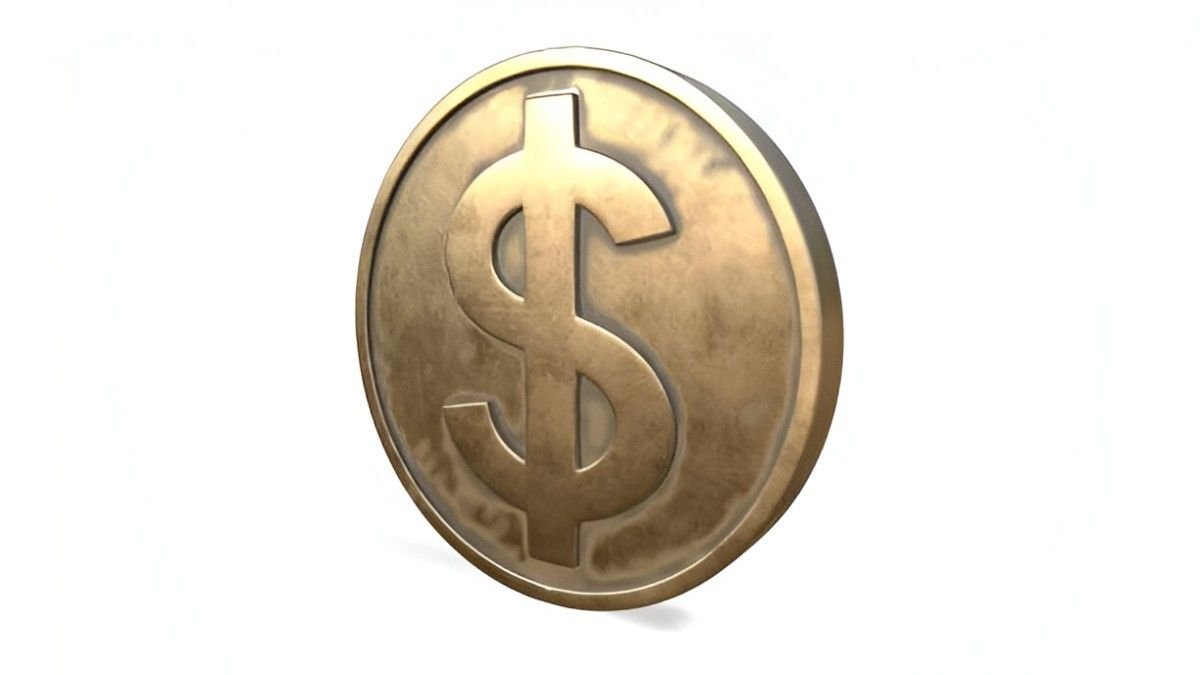When it comes to investments, the typical options that come to mind include stocks, bonds, real estate, or even cryptocurrency. Yet, for those looking to diversify their portfolio, alternative assets such as art, collectibles, and antiques hold unique appeal. Bronze sculptures, in particular, are a fascinating category. But are they a wise investment? In this article, I will dive deep into this question, exploring the potential benefits, risks, and considerations associated with investing in bronze sculptures.
Table of Contents
Understanding Bronze Sculptures as an Investment
Bronze sculptures are works of art cast from bronze, a durable alloy primarily composed of copper and tin. Artists have used this medium for centuries due to its versatility and ability to capture fine details. Investing in these sculptures often combines aesthetic appreciation with financial returns.
To decide if they’re a good investment, let’s first identify the factors influencing their value:
1. Historical and Artistic Significance
The value of a bronze sculpture depends heavily on its historical and artistic importance. Sculptures from renowned artists like Auguste Rodin or Frederic Remington often command higher prices due to their legacy and influence on art history.
2. Condition and Authenticity
Bronze sculptures are durable but can corrode if not cared for properly. The condition and authenticity of a piece significantly impact its value. Counterfeits or poorly maintained sculptures sell for much less than genuine, well-preserved works.
3. Market Trends
The art market fluctuates based on cultural trends and economic factors. During times of economic stability, investors often view art, including bronze sculptures, as a safe haven. However, demand can drop during economic downturns.
Advantages of Investing in Bronze Sculptures
Durability
Unlike paintings that may fade or deteriorate, bronze sculptures are highly durable. Proper care ensures they last centuries, making them a relatively low-maintenance asset.
Tangible Asset
Bronze sculptures are physical objects, offering a sense of ownership that financial assets lack. For collectors, this tangible aspect is both satisfying and reassuring.
Potential for Appreciation
Art investments, including bronze sculptures, often appreciate over time. A limited-edition bronze by a sought-after artist can see significant value growth, especially if the artist’s prominence increases posthumously.
Diversification
Investing in bronze sculptures can diversify your portfolio. Art behaves differently from traditional financial assets and may retain value even when stock markets are volatile.
Risks and Challenges of Investing in Bronze Sculptures
Liquidity
Art is an illiquid asset. Selling a bronze sculpture can take time, as it involves finding the right buyer. Auction houses or art galleries often charge significant fees, reducing net returns.
Valuation Uncertainty
Unlike stocks or bonds, the value of bronze sculptures isn’t easy to quantify. Appraisals can vary, and market sentiment plays a big role in determining final sale prices.
High Entry Costs
Quality bronze sculptures often come with hefty price tags. Even mid-tier pieces can cost thousands of dollars, making it challenging for smaller investors to enter this market.
Illustrating Returns: A Hypothetical Example
Let’s use a hypothetical scenario to understand potential returns. Imagine you purchase a limited-edition bronze sculpture by a mid-tier artist for $10,000. Here’s how its value might change over 10 years:
| Year | Estimated Market Value ($) | Assumed Appreciation Rate |
|---|---|---|
| 1 | 10,000 | Baseline |
| 5 | 12,000 | 4% per year |
| 10 | 14,600 | Compounded 4% annually |
In this example, your sculpture appreciates at an average rate of 4% per year, reaching $14,600 after 10 years. This rate, however, can vary significantly based on market conditions and the artist’s reputation.
Comparison with Other Investments
To evaluate bronze sculptures as an investment, it’s useful to compare them to other asset classes:
| Asset Class | Liquidity | Risk | Potential Returns | Tangibility |
|---|---|---|---|---|
| Bronze Sculptures | Low | Moderate to High | Variable | High |
| Stocks | High | Moderate to High | 6–8% annually | None |
| Real Estate | Moderate | Low to Moderate | 4–6% annually | High |
| Bonds | High | Low | 2–4% annually | None |
As this table shows, bronze sculptures are less liquid and carry higher risk but offer unique tangibility and diversification benefits.
Tips for Investing in Bronze Sculptures
Research the Artist
Familiarize yourself with the artist’s career and reputation. Emerging artists may offer high growth potential, but established names are safer bets.
Buy from Reputable Sources
Always buy from trustworthy galleries, auction houses, or dealers. Look for certificates of authenticity to ensure the piece is genuine.
Understand the Market
Stay informed about art market trends. Read auction results, follow industry news, and network with other collectors and investors.
Consider Storage and Maintenance
Proper storage and care are crucial to preserving a sculpture’s value. Ensure it’s kept in a stable environment free from extreme temperature or humidity.
Conclusion
Bronze sculptures can be a rewarding investment for those with a passion for art and the patience to navigate its complexities. While they come with risks, their durability, aesthetic value, and potential for appreciation make them a compelling alternative asset. However, success in this market requires careful research, strategic purchases, and an understanding of broader art trends.
If you’re considering this path, start small, focus on quality over quantity, and build your expertise over time. While bronze sculptures may not suit every investor, they offer a unique opportunity to blend financial returns with cultural enrichment.





